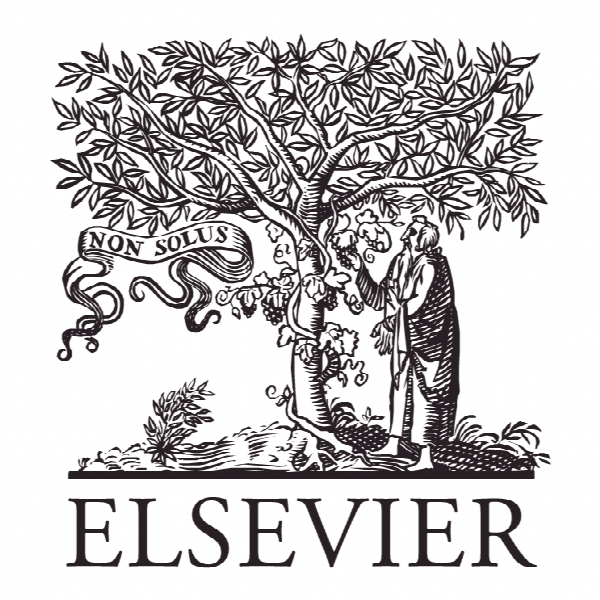پیچیدگی شایستگی رهبر و خصوصیات رهبر و تاثیر آن بر عملکرد The entanglement of leader character and leader competence and its impact on performance
- نوع فایل : کتاب
- زبان : انگلیسی
- ناشر : Elsevier
- چاپ و سال / کشور: 2018
توضیحات
رشته های مرتبط مدیریت
گرایش های مرتبط مدیریت کسب و کار، مدیریت منابع انسانی
مجله فصلنامه رهبری – The Leadership Quarterly
دانشگاه Raj Soin College of Business – 250 Rike Hall – Wright State University – Dayton – OH 45435-0001 – United States
منتشر شده در نشریه الزویر
کلمات کلیدی رهبری، شخصیت، صلاحیت، یادگیری غیر رسمی کارایی
گرایش های مرتبط مدیریت کسب و کار، مدیریت منابع انسانی
مجله فصلنامه رهبری – The Leadership Quarterly
دانشگاه Raj Soin College of Business – 250 Rike Hall – Wright State University – Dayton – OH 45435-0001 – United States
منتشر شده در نشریه الزویر
کلمات کلیدی رهبری، شخصیت، صلاحیت، یادگیری غیر رسمی کارایی
Description
Leadership demands have been increasing, in part because of the increasing complexity and challenge of the global context in which leaders operate, but also in part because academics and practitioners continue to produce theories and approaches to leadership that seem to demand more of leaders. Current leaders in the workplace are thus expected to be able to develop the capacity to lead effectively across multiple levels, such as self, others, and organization, by fulfilling numerous roles and responsibilities (Crossan, Vera, & Nanjad, 2008). Whereas leadership development is a critical human resource priority for firms around the world (Strack et al., 2010) and is an active field of research (Day, Fleenor, Atwater, Sturm, & McKee, 2014), the latest business crises have led many to question whether we are missing critical elements of leadership in our discussions and, furthermore, whether what we are expecting of leaders is even possible (Gandz, Crossan, Seijts, & Stephenson, 2010). We build on prior research that points to leader character as essential but often overshadowed by leader competence, and describe how entangling character and competence—that is, binding them together through a series of events across time—produces the leadership we seek. Numerous approaches to understanding and defining character exist (Wright & Huang, 2008). Moral character, for example, is associated with ethical behavior and ethical leadership (Cohen, Panter, Turan, Morse, & Kim, 2014), is normative, and captured in the language of good/bad, right/wrong, and should/ought (Bass & Steidlmeier, 1999).


